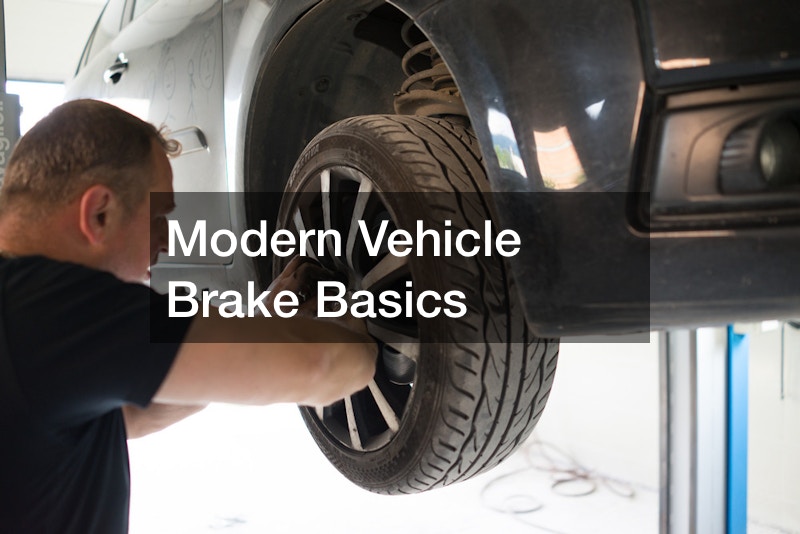.
When the brakes start to fail, you might discover that you require more stopping distances, or a decrease in brake performance. It is recommended to have your brakes checked if you feel any pulses or vibrations in the steering wheel, or on your pedal while you’re braking. If you are noticing your car move to one side as you are stopping, this could be a sign that the brakes have not been working properly. If your brakes are not working properly, you may observe warning lights. The regular inspection of your brakes could prevent costly future repairs and security issues.
The Parts of Your Vehicle’s Brake System
There are a lot of vehicle brake rules that you have to learn about. Knowing the different components of your brake system is vital. Your foot operates the brake pedal. It’s located on the car’s floor. The brake pedal activates when you pull down on the lever. The brake booster is a device that is used to increase the force you apply to the brake pedal. When looking at aftermarket auto parts that you can purchase, it is important to know the differences with the brakes.
The master cylinder, also known as a piston-operated device that operates on a piston. It is used to convert energy from the brake pedal into pressure in the hydraulic. It’s the master cylinder that makes the brakes work. Another component is brake lines, which are tube made of rubber or steel that transfer the brake fluid to the master cylinder, brake calipers, as well as wheel cylinders. The brake calipers secure their brake pads to brake wheels. They decrease the speed of your automobile.
The brake rotors are metal discs that rotate with the wheels. They provide the surface for brake pads to be able to grip and slow the vehicle. Brake pads generate friction with the brake wheels to slow the vehicle. Wheel cylinders are hydraulic cylinders that actuate the drum brakes’ brake shoes.
Different modern vehicle brakes on different cars
The basics of vehicle brakes are important.
5kn3bd1klg.
